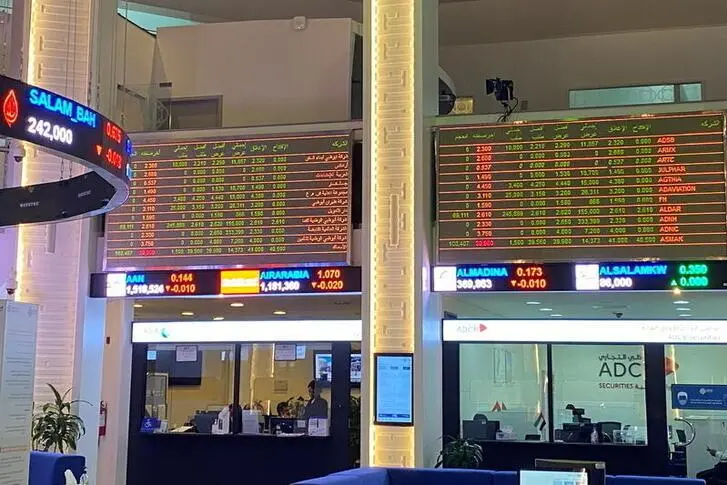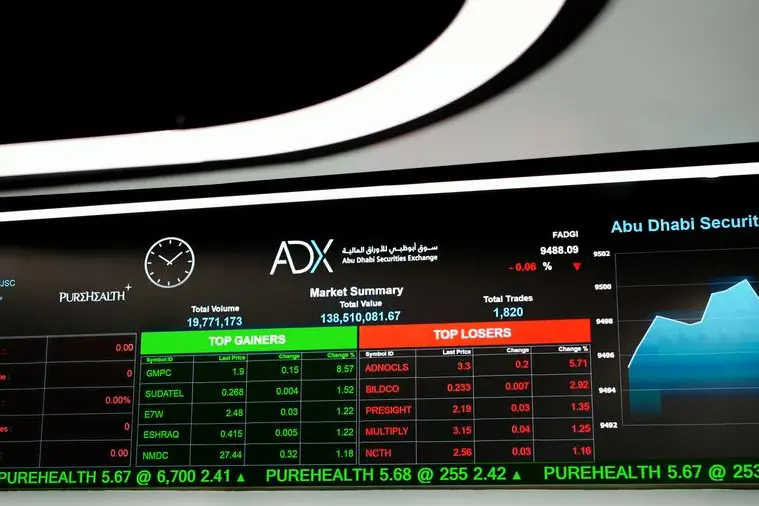PHOTO
A man walks past the Bank of Japan building in Tokyo, Japan March 18, 2024. REUTERS/Kim Kyung-Hoon
AMSTERDAM - Japanese investors are finally being paid to park their cash back home, a move that might be expected to spook euro zone markets where they're a big force but could ironically prop up demand instead as ECB rate cuts loom.
Stuck with negative rates for two decades, Japanese investors have ploughed into bond markets globally. They are the biggest foreign holders of U.S. Treasuries.
They also have a sizeable presence in the euro zone, where they hold around 1% of the overall bond markets in countries like France, Belgium and the Netherlands, BofA estimated last year.
With French governments bonds a top pick, their share of that market is likely higher.
So, a Bank of Japan decision to hike rates for the first time in 17 years is, on the surface, bearish for European bonds given the bloc's funding needs are high and the European Central Bank is cutting its bond holdings.
But hold on.
The good news, analysts say, is the worst was likely over before the BOJ even considered raising rates.
Since April 2022, Japanese investors have shed half the French, German, Italian and Dutch bonds they accumulated since 2005, BofA estimates.
"People are concerned about what damage there might be to global bonds from Japanese investors. A lot of that's already occurred," said Andre Severino, head of global fixed income at Japan's Nikko Asset Management, which manages $228 billion.
COSTLY
In 2022, hedging costs for Japanese investors buying foreign bonds surged as the BOJ held rates below 0% while others hiked, meaning it became much more expensive to buy overseas bonds on a hedged basis.
Investors, such as Japanese life insurers, make derivatives agreements to protect a substantial share of their investments from currency swings when they buy foreign bonds.
The cost of such hedging is driven by the gap between the BOJ and other central bank policy rates. This should become slightly more palatable as the BOJ hikes, while the ECB is seen cutting rates from June and possibly more than the U.S. Federal Reserve given a weaker economy, analysts said.
The ECB's key rate is 4%, versus 0-0.1% in Japan. Markets see the ECB cutting rates to around 3% by year-end, and the BOJ hiking to 0.25%.
To make French bonds competitive relative to Japanese government bonds at current yields, the hedging cost -- around 4% -- would need to decline by 220 basis points, Citi estimates.
It expects that could happen over the next two years, though a fall in French yields relative to Japanese bond yields would dampen the impact.
Overall, Nikko's Severino said he expects stable to positive Japanese flows into foreign bonds, including the euro zone, going forward.
UNHEDGED?
Following 2022's exodus, flows in and out of euro zone government bonds last year were marginal, Nordea data shows, while Japanese investors bought 122 billion euros worth of U.S. Treasuries even as rates differentials widened -- suggesting many purchases were unhedged.
Treasuries should remain the top-pick for unhedged investors given higher yields and a deeper market, Citi reckons, yet French bond appeal should grow relative to Treasuries as euro zone and U.S. economies diverge.
Mizuho multi-asset strategist Evelyne Gomez-Liechti said the bank's Japanese clients were not confident last year that the ECB could contain inflation, but now markets expect the ECB to be one of the first banks to ease.
"So, that's probably going to be another green flag for Japanese investors to consider (European government bonds)," she said.
Some inflows could come from pension funds -- often unhedged investors -- who might rebalance their investments as U.S. equities hit record highs, Gomez-Liechti added. She also expects further demand from banks, who shift their investments opportunistically with market moves.
The question is how much longer-dated Japanese government bond (JGB) yields rise.
Nomura chief rates strategist Naka Matsuzawa said once the 30-year JGB yield rises towards 2%, a level he expects to be hit later this year, more selling would follow. It is currently at 1.8%.
"Once the 30-year JGB yield gets back to that level, the lifers no longer really have to keep money in the other markets," he said, referring to life insurers' asset-liability calculations.
Matsuzawa thinks only half the repatriation has taken place so far, but expects further outflows to be gradual. Still, he senses concern in some European quarters.
"The French treasury department keeps asking us what the Japanese flows are, so they must be concerned," said Matsuzawa, adding that the bank receives questions particularly around French debt auctions.
France's debt management office declined to comment.
(Additional reporting by Naomi Rovnick and Dhara Ranasinghe in London, Leigh Thomas in Paris and Graham Fahy in Dublin; editing by Dhara Ranasinghe and Christina Fincher)





















